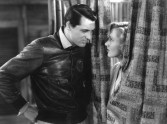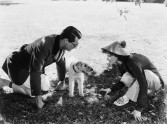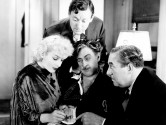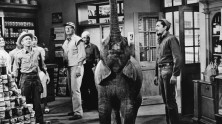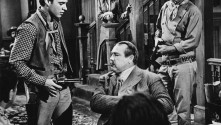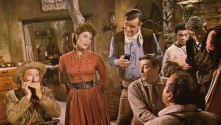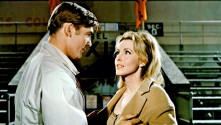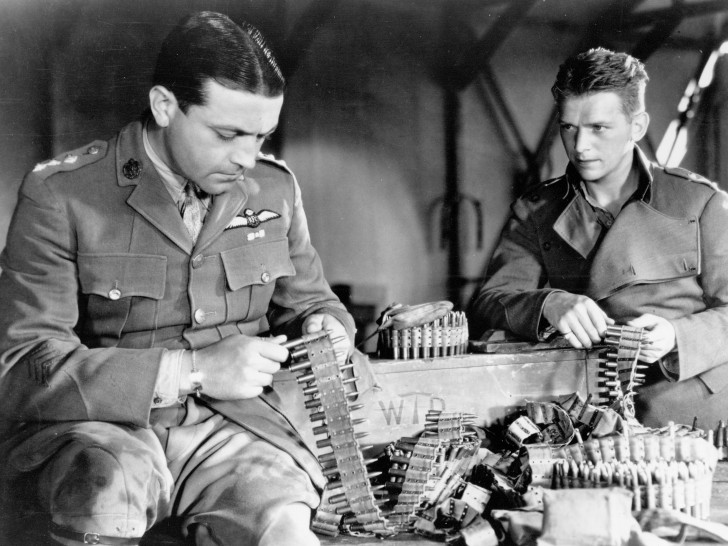
Hawks’ first film of his most productive decade marks one of the great stylistic leaps in cinema history. Not the first production to fully incorporate direct-sound recording, but one that nevertheless revolutionized the way that sound would be used in movie narratives, The Dawn Patrol captures the gloomy evenings and cacophonous mornings at a British air base during World War I, where an ever-diminishing cadre of hopeful men while away their days drinking and reminiscing in between deadly missions behind enemy lines. The film’s prevailing atmosphere, manifested most plainly by a chalkboard listing the surviving pilots that gets sparser by the day, is one of impending doom, and Hawks, a former flight instructor, lends the proceedings an authentic sense of the trials of daily warfare, where grief and spiritual decay are offset by male bonding. Alternating between hushed scenes of mourning at the base and brutally intense episodes of aerial combat, Hawks cultivates a hypnotic narrative structure that revolves largely around the complicated friendship of Captain Courtney (Richard Barthelmess) and ace pilot Scott (Douglas Fairbanks Jr.) without ever losing sight of the other men who come and go at the base, including Scott’s wide-eyed younger brother (William Janney). Stunning rear-projection effects and aerial footage aside, The Dawn Patrol’sgreatest innovation is its dimensional use of direct sound with overlapping naturalistic dialogue, which creates a relentless pace distinct from the more theatrical, melodramatic style that defined the early sound era. Preserved by the Library of Congress.
Part of film series
Screenings from this program
Gentlemen Prefer Blondes

His Girl Friday

The Big Sleep (pre-release version)

A Girl in Every Port

The Cradle Snatchers / Paid to Love

Fazil

Fig Leaves

Man's Favorite Sport?

The Crowd Roars

Today We Live


